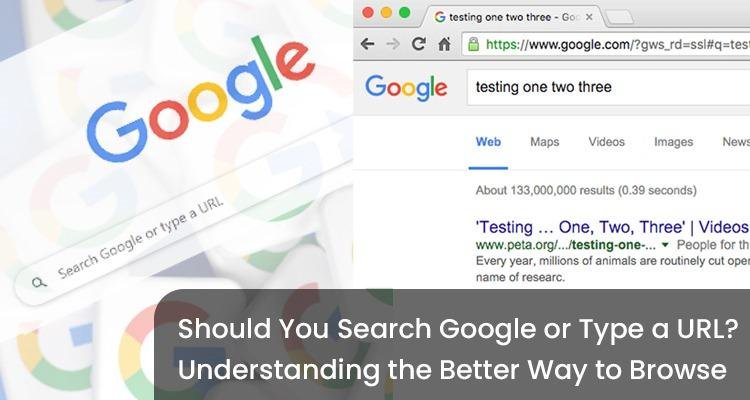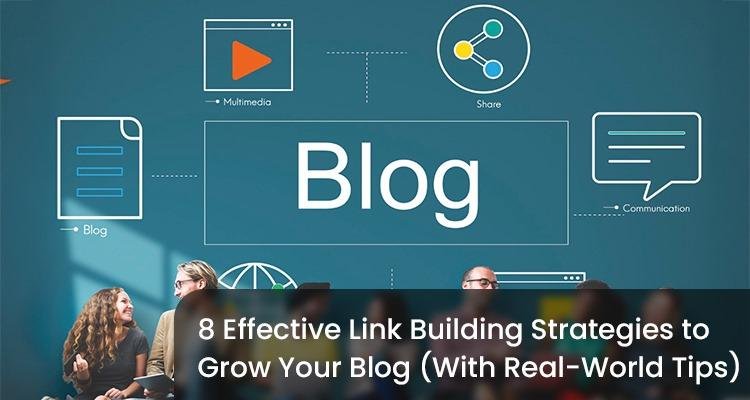How to Build an Effective Content Strategy for Your Brand

In today’s digital-first world, content is the backbone of successful marketing strategies. Whether it’s blog posts, videos, social media updates, or email campaigns, your brand’s content must align with its objectives and resonate with the audience. A well-crafted content strategy not only drives traffic but also fosters trust, increases engagement, and ultimately boosts conversions. This article explores how to build an effective content strategy for your brand, ensuring that it meets both your business goals and audience expectations.
What Is a Content Strategy?
A content strategy is a detailed plan that defines how your brand will use content to achieve its goals. It involves identifying your target audience, setting measurable objectives, creating high-quality content, and selecting the right platforms to distribute that content.
Key Elements of a Content Strategy:
- Clear objectives
- Audience research
- Content formats and topics
- Distribution channels
- Performance metrics
Steps to Building an Effective Content Strategy
1. Define Your Brand’s Goals
The first step is to establish what you want your content to achieve. Your goals might include:
- Increasing brand awareness
- Generating leads
- Driving website traffic
- Boosting sales
- Enhancing customer retention
Tip: Ensure your goals follow the SMART framework—Specific, Measurable, Achievable, Relevant, and Time-bound.
2. Understand Your Audience
You cannot create relevant content without understanding your target audience. Conduct in-depth research to identify their:
- Demographics (age, gender, location)
- Preferences and pain points
- Online behavior and platforms they frequent
- Buying journey
How to gather insights:
- Use analytics tools like Google Analytics to analyze website visitors.
- Monitor social media interactions and feedback.
- Conduct surveys or interviews to understand their challenges and needs.
3. Perform a Content Audit
If you already have content, assess its performance to understand what works and what doesn’t. Identify gaps and opportunities.
- Metrics to evaluate: Traffic, engagement rates, bounce rates, and conversions.
- Identify missing content: For instance, if your competitors are excelling in video tutorials but you lack videos, this becomes an opportunity.
4. Select Content Formats
Based on your audience preferences, choose the types of content that work best. These might include:
- Blog posts for educational content
- Infographics for quick, shareable information
- Videos for engaging storytelling
- E-books or whitepapers for in-depth insights
- Social media posts for daily interactions
Pro Tip: Use a mix of formats to keep your audience engaged across different platforms.
5. Develop a Content Calendar
Consistency is key to effective content marketing. A content calendar helps you stay organized and ensures timely publishing.
Steps to create a content calendar:
- Map out topics for each platform and content type.
- Schedule posts according to your audience’s peak engagement times.
- Incorporate key dates, holidays, or industry events for relevant content.
6. Optimize Content for SEO
For your content to drive traffic, it must be discoverable through search engines.
Key SEO tactics:
- Use keyword research tools like Google Keyword Planner or Ahrefs to identify relevant terms.
- Optimize titles, meta descriptions, and headings with keywords.
- Incorporate internal and external links for credibility and navigation.
- Ensure mobile-friendliness and fast loading times for better user experience.
7. Focus on Quality Over Quantity
Rather than producing a large volume of mediocre content, focus on creating high-quality pieces that provide value.
Qualities of high-quality content:
- Originality: Avoid plagiarism and offer fresh perspectives.
- Relevance: Address your audience’s specific needs and questions.
- Accuracy: Use credible sources to back up claims.
- Engagement: Incorporate visuals, storytelling, and actionable advice.
8. Leverage Multiple Distribution Channels
Distributing your content across the right platforms maximizes its reach.
Common content distribution channels:
- Social Media: Share posts on platforms like Instagram, LinkedIn, or Twitter.
- Email Marketing: Send newsletters and updates to your subscribers.
- Paid Ads: Use PPC campaigns to promote content and drive traffic.
- Influencer Collaborations: Partner with industry influencers to amplify your reach.
9. Track Performance Metrics
Measure the effectiveness of your content strategy using data-driven insights.
Metrics to monitor:
- Traffic: Number of visitors to your content.
- Engagement: Likes, shares, comments, and time spent on pages.
- Conversion Rate: Percentage of visitors who take desired actions.
- ROI: Revenue generated compared to the cost of content production.
Use tools like Google Analytics, HubSpot, or SEMrush to track and refine your strategy.
Common Challenges in Content Strategy and How to Overcome Them
1. Lack of Time
Creating quality content requires significant time and resources. Consider outsourcing to professionals or investing in automation tools.
2. Content Saturation
Standing out in a crowded digital space can be difficult. Focus on niche topics or unique storytelling approaches to differentiate your brand.
3. Inconsistent Voice
If multiple team members create content, inconsistencies can arise. Develop a style guide to ensure uniform tone, language, and design.
Examples of Successful Content Strategies
1. HubSpot
HubSpot’s blog attracts millions of visitors by providing actionable tips and insights for marketers. Their success lies in their SEO-driven content and focus on educating their audience.
2. Nike
Nike’s content strategy includes inspirational storytelling through videos, social media, and blog posts, aligning perfectly with their brand message of empowerment.
Final Tips for an Effective Content Strategy
- Experiment and Adapt: Regularly test new ideas and formats.
- Engage With Your Audience: Respond to comments and feedback to build relationships.
- Stay Updated: Keep an eye on trends and algorithm changes to remain relevant.
- Repurpose Content: Extend the life of your content by turning blog posts into infographics, videos, or social media snippets.
Conclusion
An effective content strategy is essential for establishing your brand’s authority and driving long-term success. By understanding your audience, setting clear goals, and leveraging the right tools, you can create content that resonates, engages, and converts.
Start building your content strategy today and watch your brand thrive in the digital landscape.
Content written by-Gunjan
Gunjan is part of the expert content marketing team at ITCombine. She has an expertise of curating meaningful information that can be used by visitors in general. Gunjan is also involved in creating Client specific stories and blogs.
Copyright © 2025 - itcombine.com.
All Rights Reserved.








